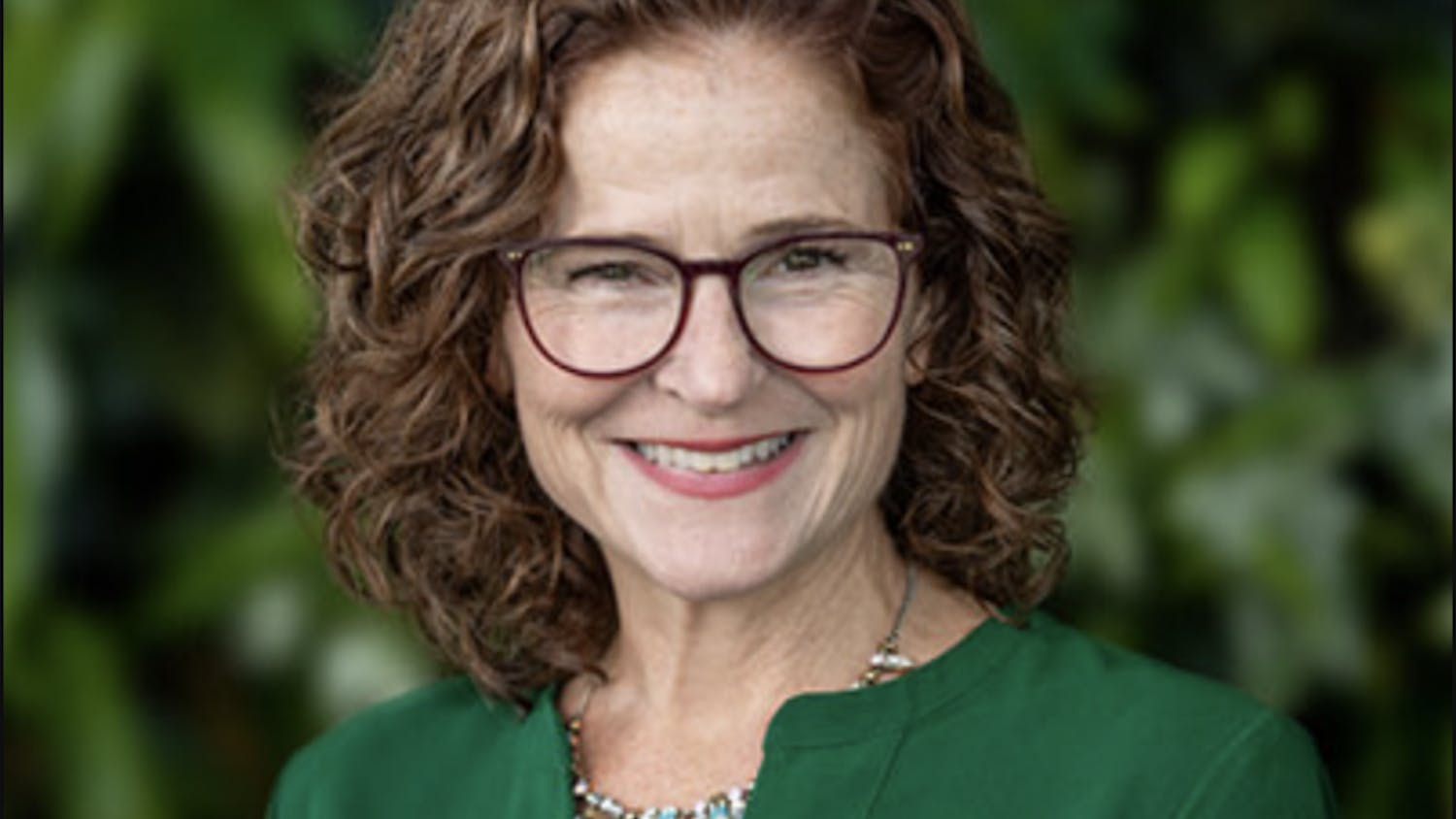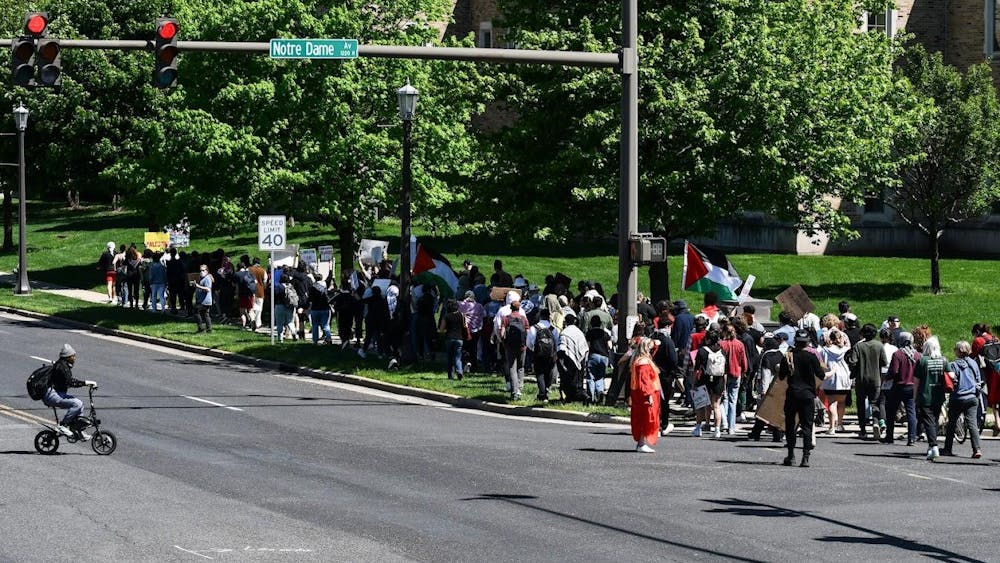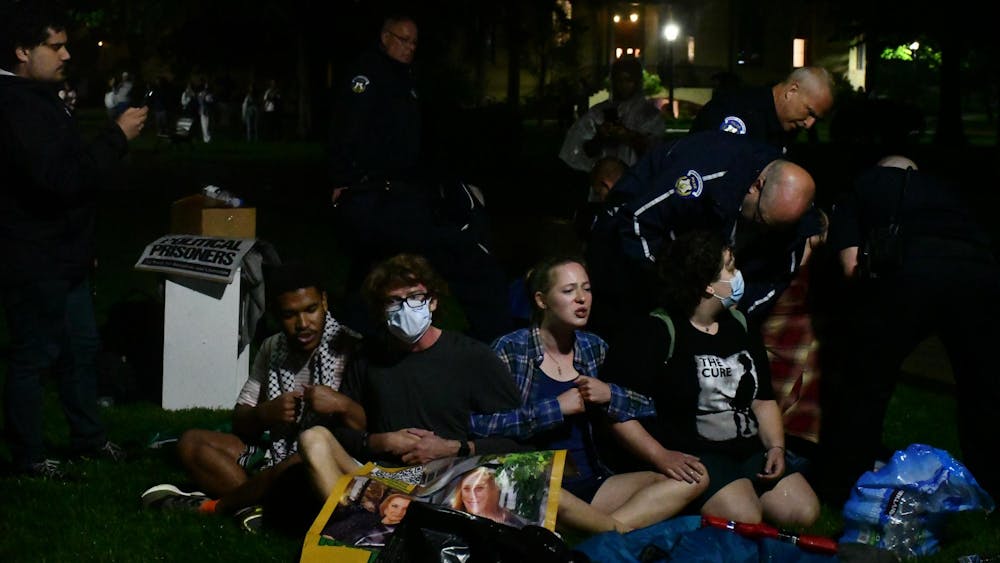Editor’s note: This article is one in a series profiling the dorms. Previous articles have covered dorms built before Dillon Hall.
Approximately 87 years ago, Dillon Hall opened to residents, funded by Knute Rockne and a 1925 Rose Bowl victory for Notre Dame.
The hall is named after Fr. Patrick Dillon, the second president of the University of Notre Dame. The chapel is dedicated to St. Patrick but contains a side altar dedicated to St. Olaf, the patron saint of Norway, to honor Rockne, who was born in Norway. Though Rockne’s success with the football team was the source of funding for Dillon Hall, he never got to see it completed. The side altar was added after the chapel was completed to honor Rockne and his dedication to the university.
“I love the location, I love the culture and I love the amount of guys in regards to [interhall] athletics,” Hayden Parkhill, a sophomore currently living in Dillon, said.
After Notre Dame’s athletic success in the 1920s under Knute Rockne, the University built Dillon and Alumni Halls to house the growing student population. Along with Alumni, Dillon first housed students in the fall of 1931. Students, however, were asked to spend the first few weeks of the semester in South Bend houses while waiting for the residence halls to be completely finished, Fr. Paul Doyle, the rector of Dillon, said a member of the first class of Dillon residents told him.
Next year, the residents of Dillon Hall will move into the currently unnamed building on McGlinn fields behind West Quad so Dillon itself can undergo renovations. Though the students would traditionally move into Pangborn during the reconstruction, Dillon Hall contains so many residents that it would be impossible to fit all of them into Pangborn, Doyle said.
Doyle said he hopes the renovations preserve the windows above the doors in Dillon, known as transoms.
“We’re the only dorm left with transoms that work. I hope they survive the rehabilitation,” Doyle said in regards to the renovations.
Dillon Hall is well-known across campus for its Thursday night “Milkshake Mass.” In 1997, Doyle started the milkshake mass to encourage questions about faith and fellowship among students. As another positive, Doyle said, the free milkshakes offered around 10:45 p.m. every Thursday give students a reason to avoid going off campus to socialize.
“The chapel holds 170 people, [but we always have] people sitting on the floor,” Doyle said.
When asked what they enjoyed most about living in Dillon, both Parkhill and Doyle said the community that comes along with being such a big residence hall was extremely important to them.
“You get put in a dorm by the computer, yet each dorm has its own personality based on the students who are here. The creativity of the student leadership is a really big deal,” Doyle said. “It’s so edifying to be around such good young people, and all my classmates who come back say that. ... Surely, the best part about [being rector] is the students.”













